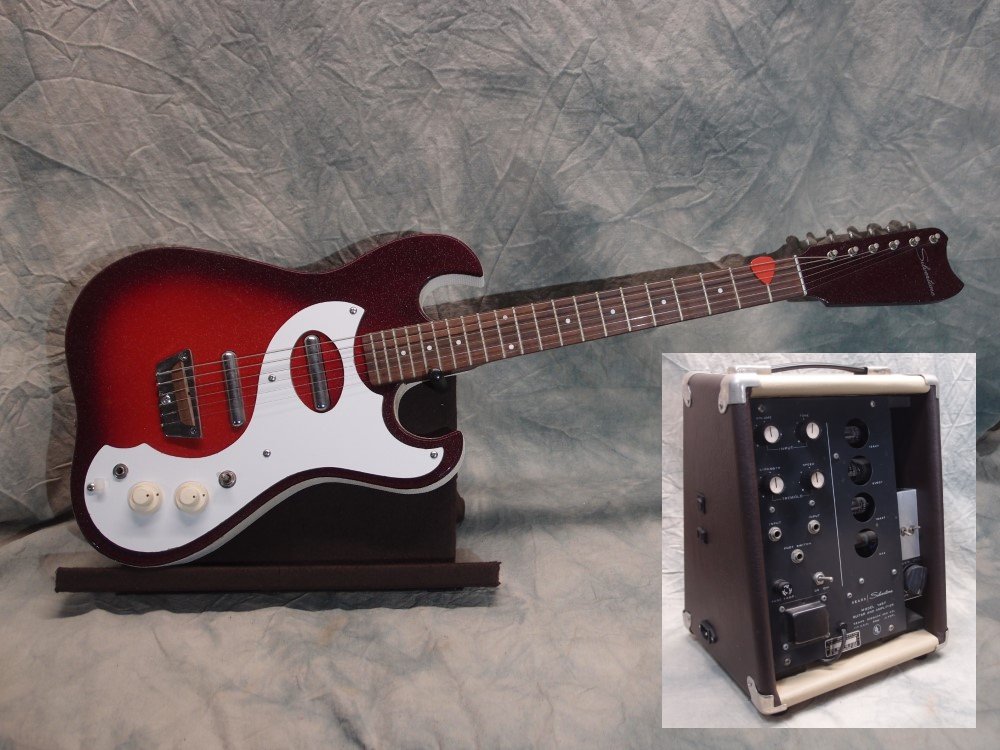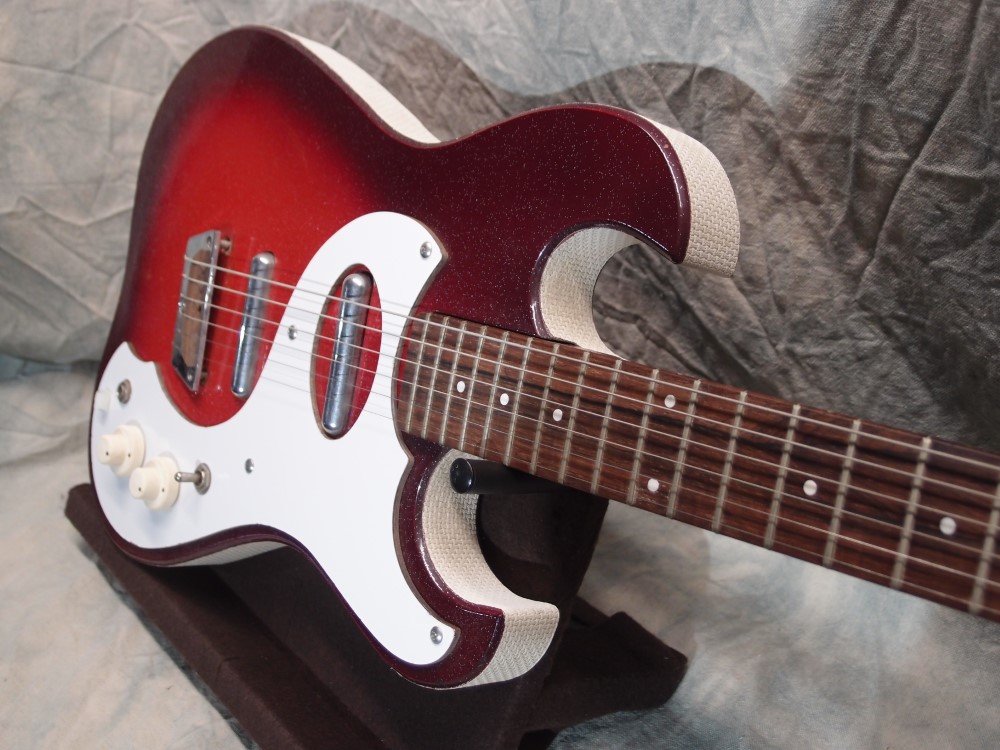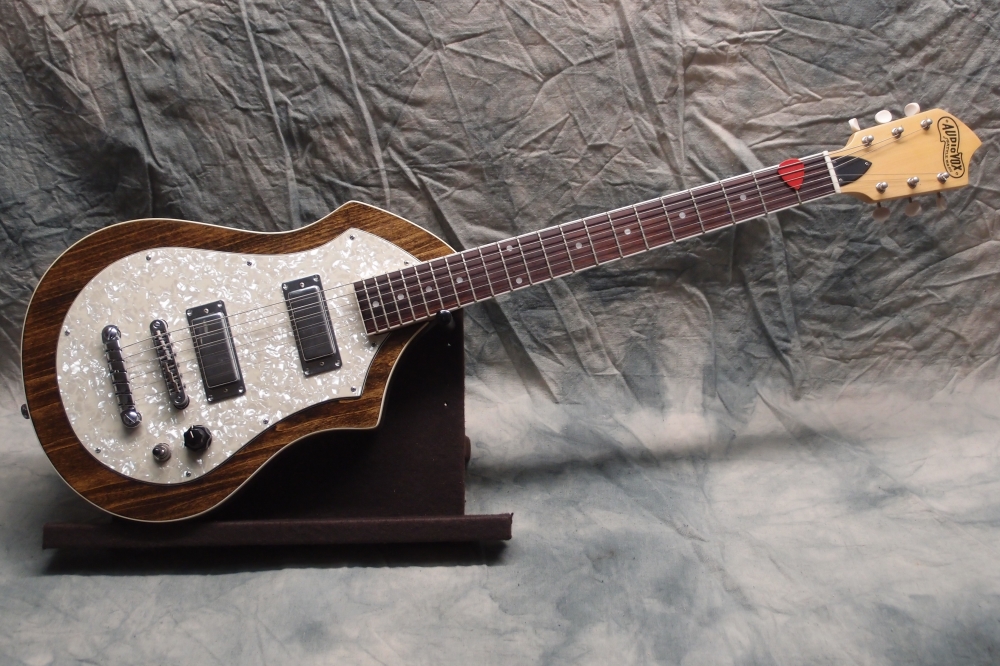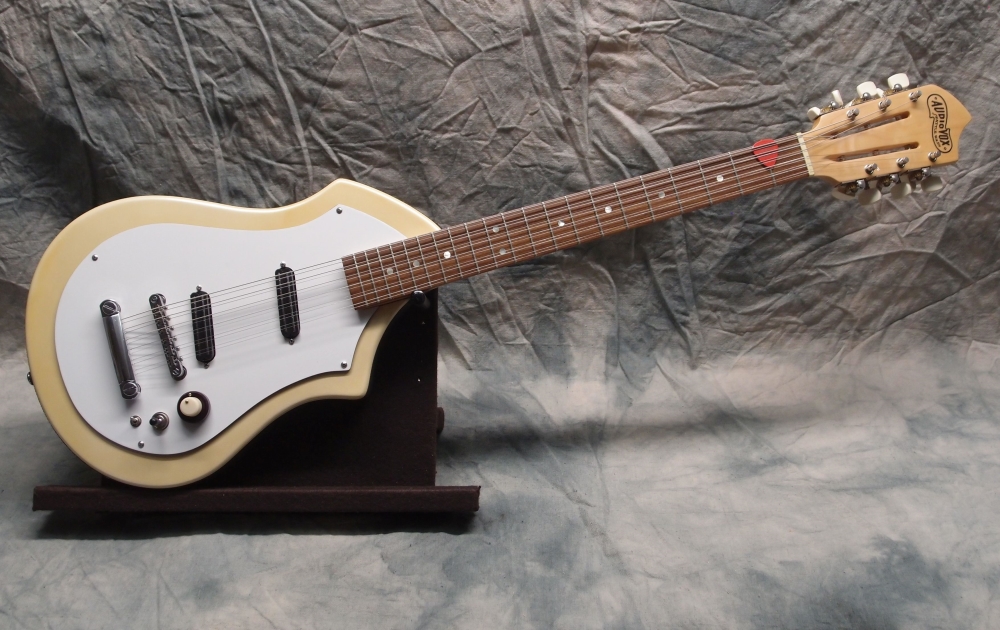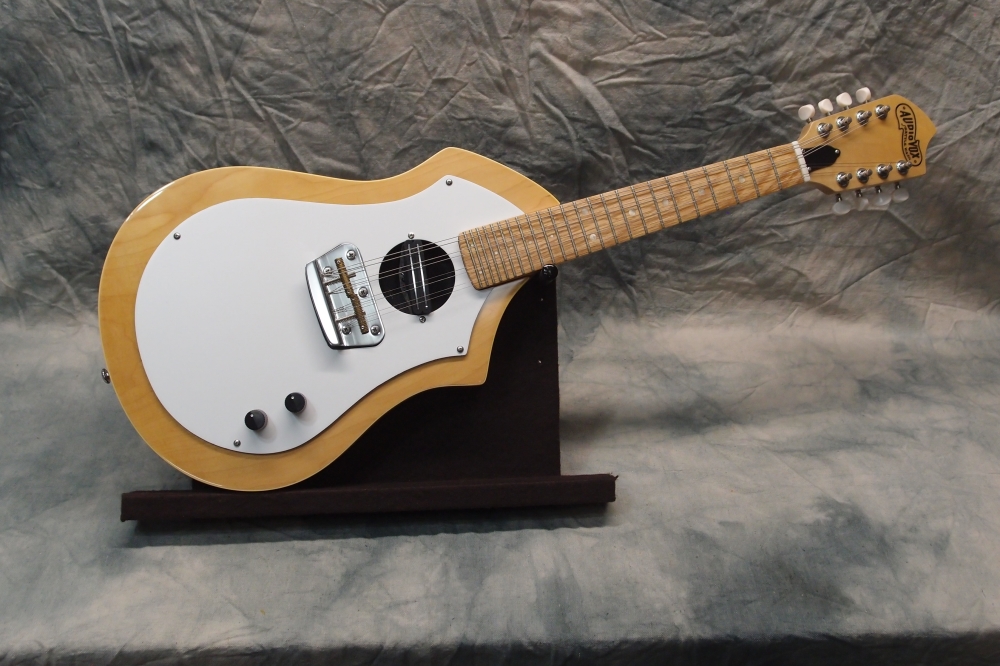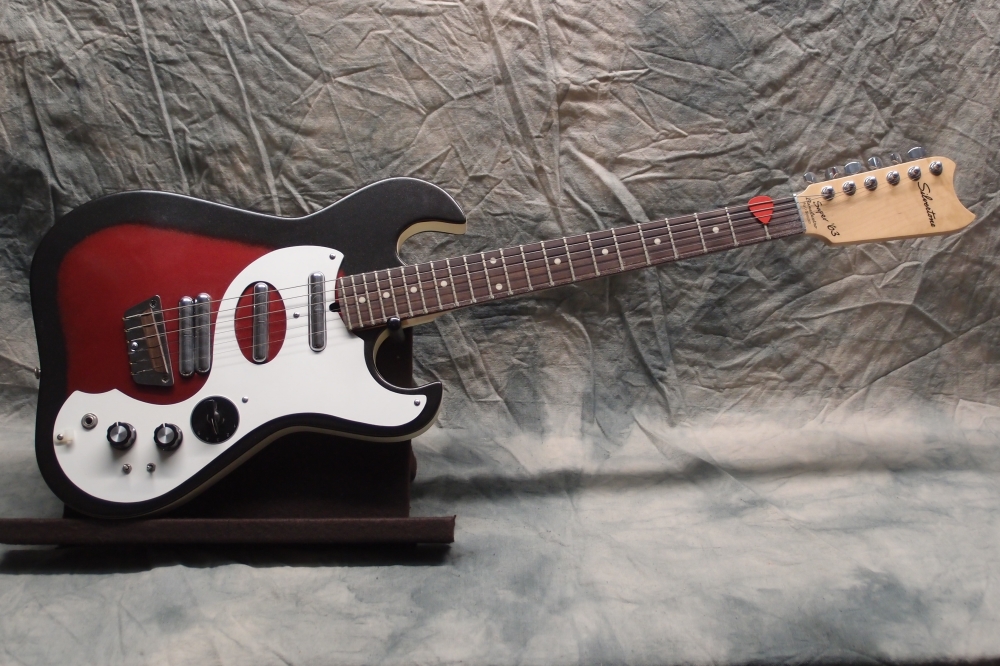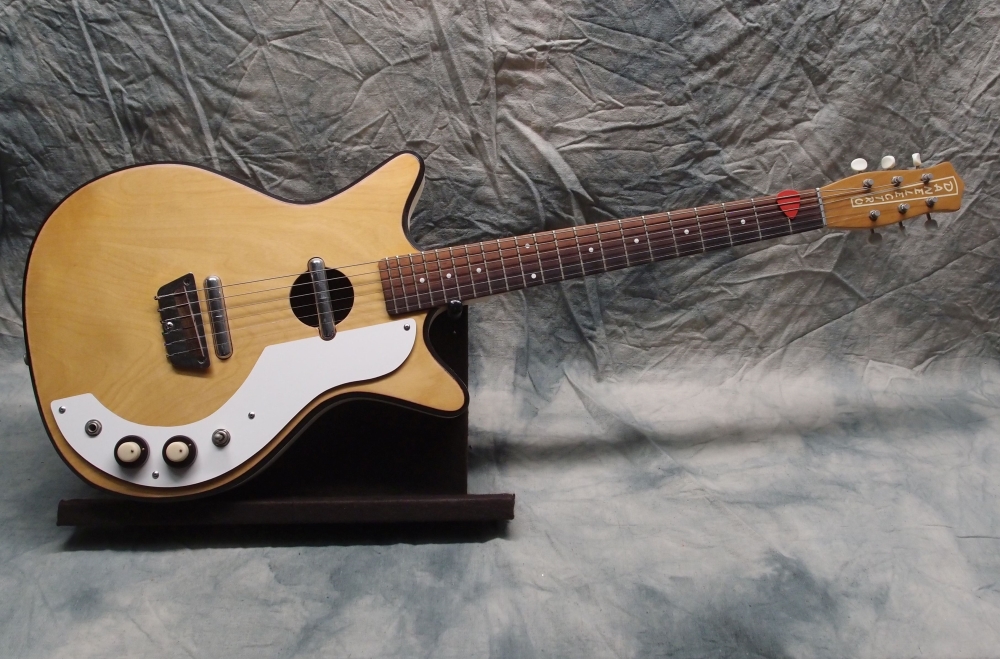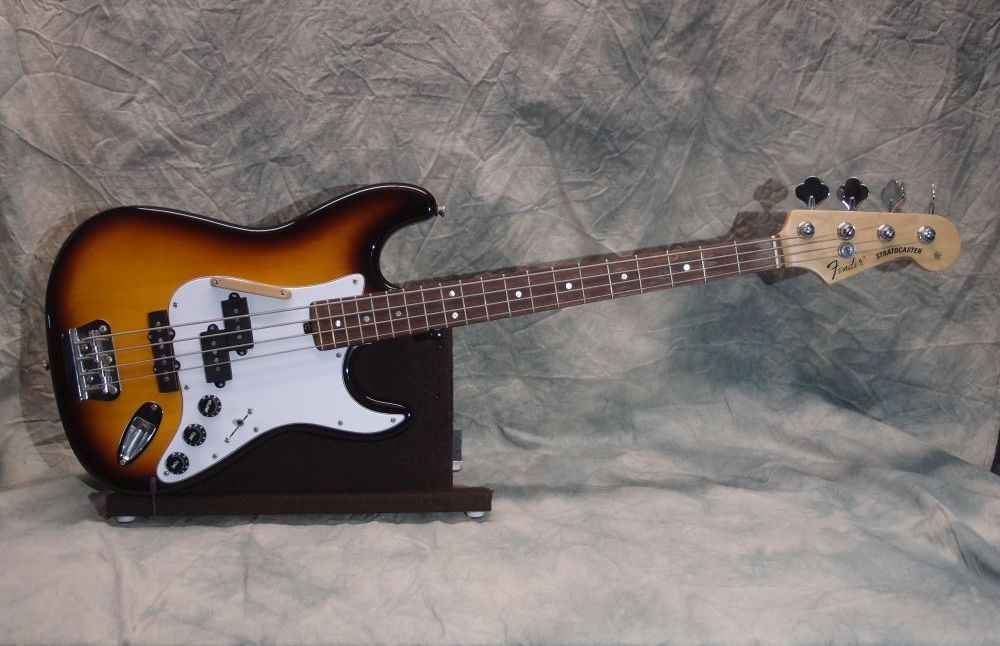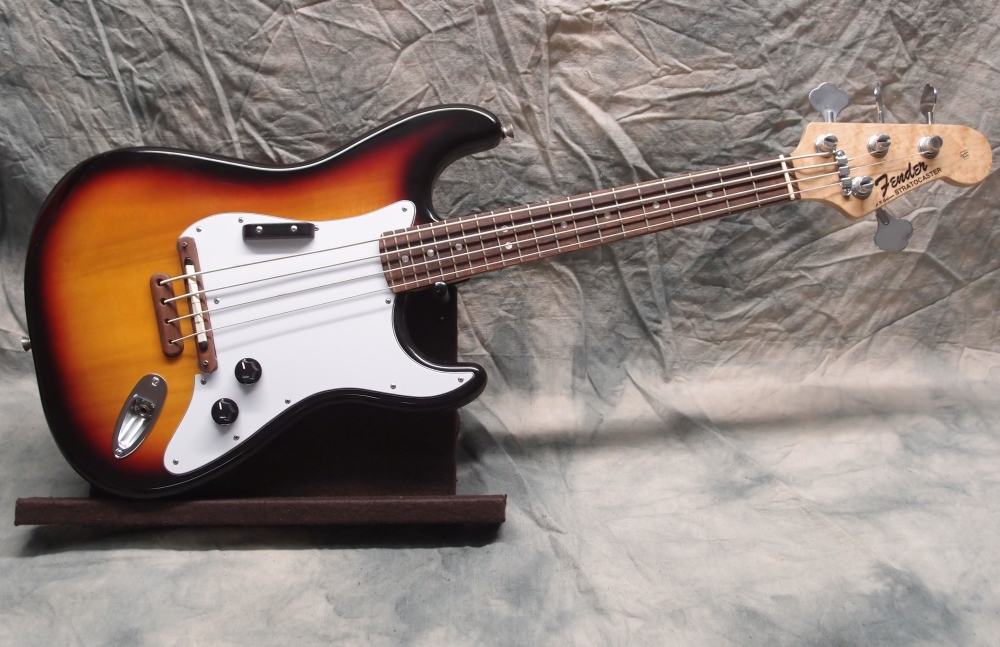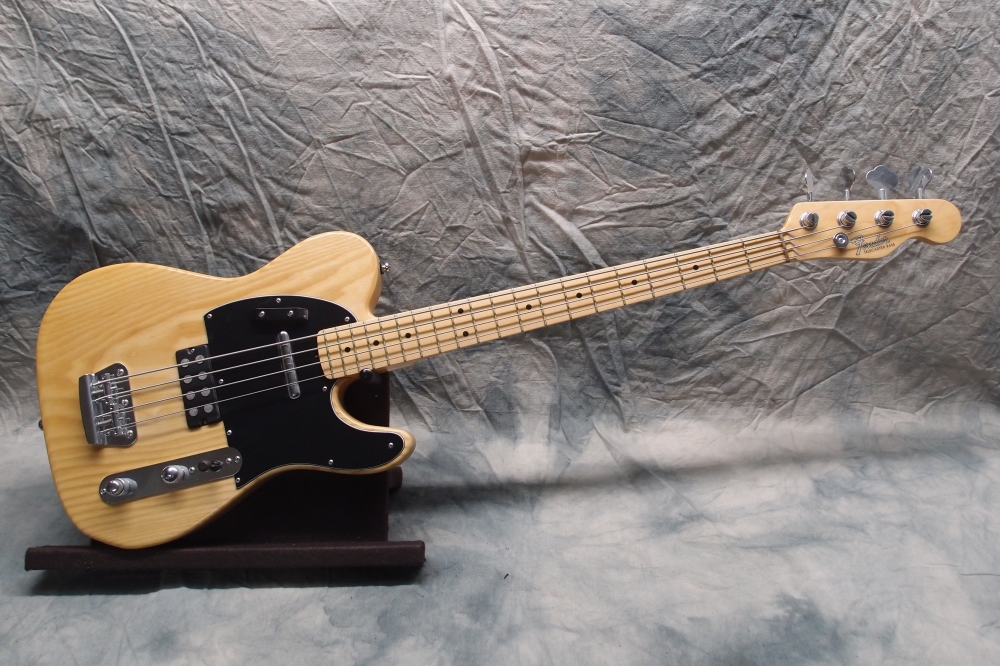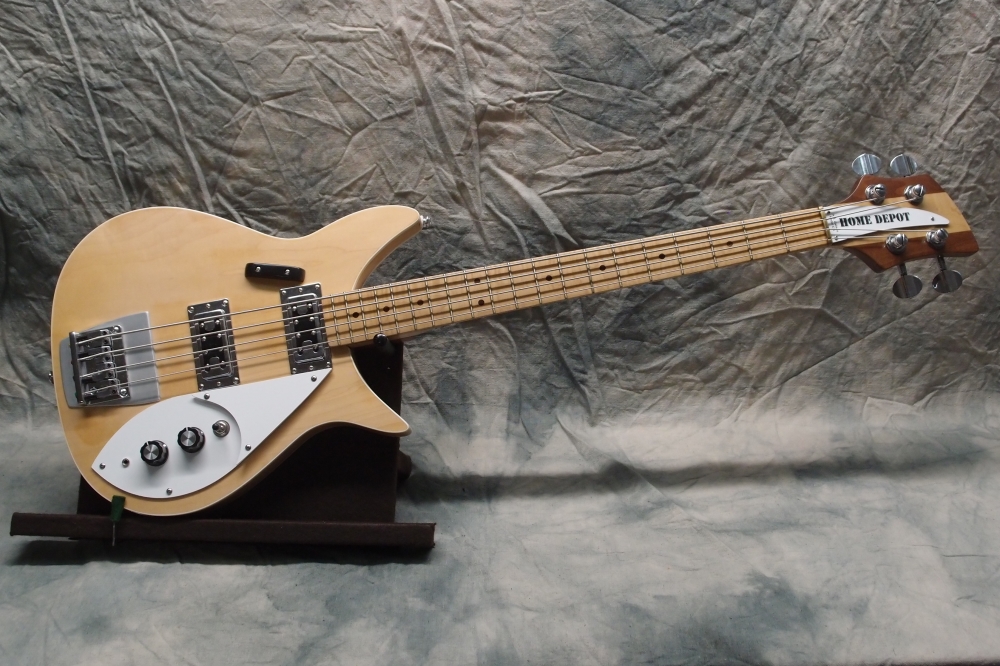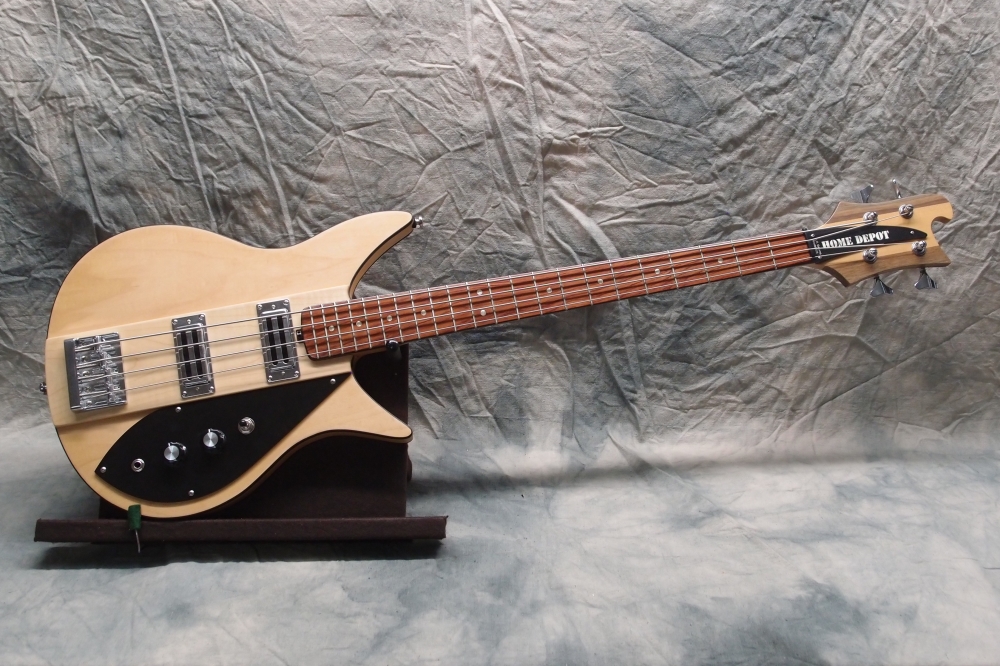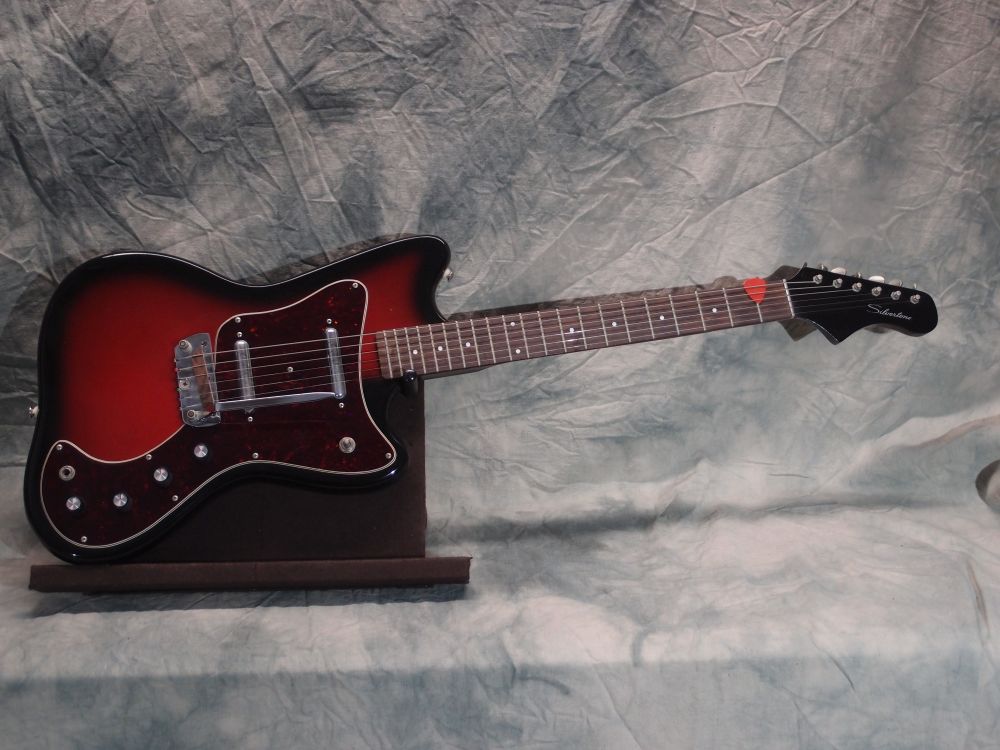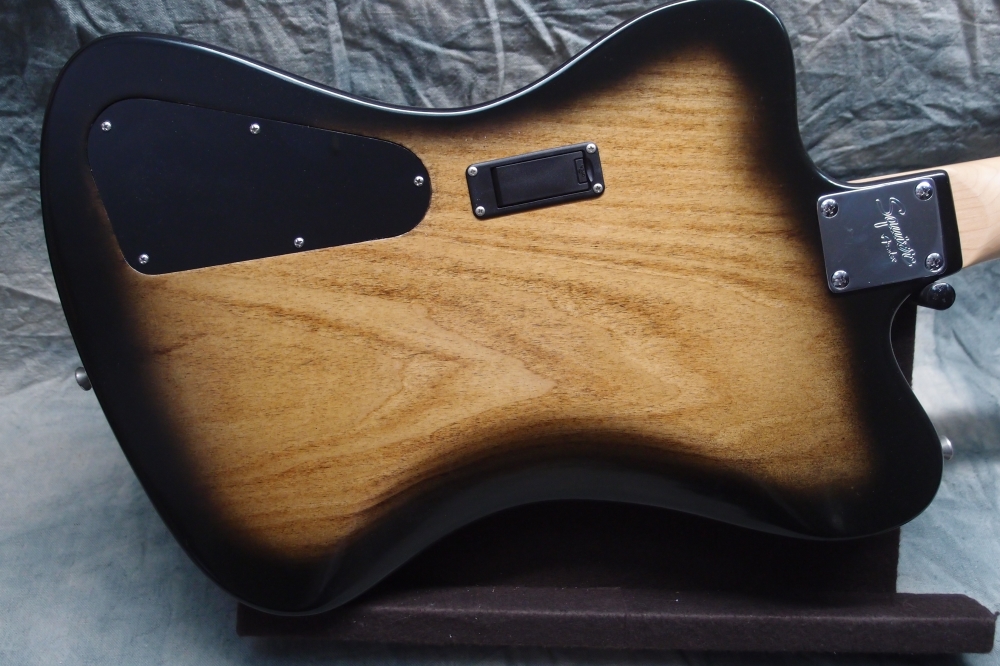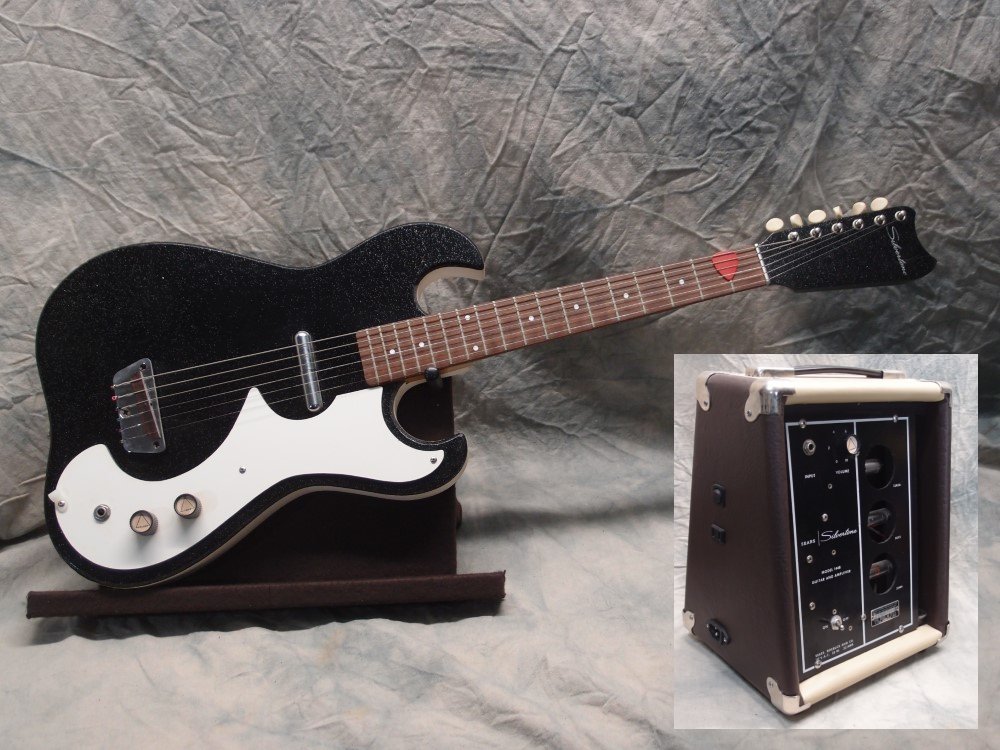Recent Edits

This is the worst interview I have ever seen. Paul Shaffer never shuts up. Poor Donald Fagen can hardly get a word in edgewise. I am surprised Fagen didn't walk out. If he gives a two-word answer, Shaffer will interrupt it. Forget about finishing a sentence, or even starting one! Shaffer continually talks over his guest, and plays over him too. When Fagen finally tells him how much fun it wasn't (19:53), Shaffer doesn't even notice, just keeps blathering on. Incredible - that's narcissism.
Most people regard The Knack as a novelty act - My Sharona and little more. The truth is, they were a really great band that deserved a lot more respect than they got. Watch this show at Carnegie Hall in 1979 - they are note-perfect and tight. It starts with one of my favorites - Rave Up - a real barn-burner. Load the video in YouTube for the rest of the show.
More: The Knack ...
This is one of the funniest things on the whole internets. Mark Twain, a mad scientist, and it ends with a great Steely Dan tune. What else could you want? How about the rest of that song:
More: Tesla & Twain ...




After successful and interesting experiments rebuilding 1448 and 1457 "Amp-in-Case" amplifiers, I thought I'd try something bigger. So I kept an eye on the eBays, and eventually came up with this - an early production Silvertone 1472, made by Danelectro and sold through the Sears catalog. It was fairly cheap because it wasn't working. However, the cabinet is solid, the aluminum faceplate and labeling are in good shape, all the knobs are there, and everything else can be replaced or rebuilt. The Tolex is in very good shape, and the corners of the cabinet are all pretty much intact. Much like buying an old car - a blown engine is easier to fix than a rusted-out body.
More: Silvertone 1472 Amplifier ...




This is the big brother to the Silvertone 1448, vintage 1964-67. Construction is basically the same, but with a full-scale neck, two pickups, and a much better amp. For a lot of details, see the 1448 page. This guitar is in excellent condition for being almost sixty years old, and apart from cleaning and re-stringing, it needed nothing.
More: Silvertone 1457 Guitar & Amp ...
Years ago I wandered into the local Border's bookstore, and this CD was playing - Michael Hill's Blues Mob. I asked the kid what it was, and bought a copy right there. I'll bet you've never heard of this band.
More: Signifyin' Monkey ...




This Strat bass is another of my early projects, an evolution of the first one. It uses basically the same neck, but mounted in the stock guitar neck pocket. This moves the bridge position adjacent to the old tremolo hole, but the expansive Mustang bridge plate covers it nicely. The pickguard looks stock, but is actually custom-made to cover the six stock bridge screw holes. If you can't get a Mustang bridge ( and you can't any more, ) you could extend the pickguard to cover all the guitar holes, or use a stock pickguard and just make a small bridge-sized cover. Or just leave the tremolo hole and keep your stash in it.
More: Stratocaster Bass 2 ...
More: Parental Guidance Advised ...
I always thought of Sade as a very stylish singer, but not necessarily a great one; kind of weak, actually. A model who could sing a bit. I was wrong. Watch these concert videos.
More: I Was Wrong About Sade ...
Here is a series of videos from a guy who has done the most scientific testing of electric guitars and amplifiers that I have yet to find. His results surprise even me. I have always felt that "tone" is mostly imagination, but these carefully constructed tests show that it is entirely imagination.
More: It's All Bullshit ...

I actually had this album, what a blast from the past!
Who remembers the Monkees? When I was a little kid, this show was in syndication every day after school. I loved the slapstick. At the end of every episode was a music video that I didn't really appreciate then. Here is the intro to the show:
More: A Joke from the Sixties ...




For a while now I've been working on the WordPress plugin that does the slideshows. I had re-written the php back-end from NivoSlider, and then I decided to rewrite the front-end. The front-end is driven by jquery, so it was a good opportunity to get familiar with that. It's actually pretty simple.
Over a few months of tinkering, I added several hundred slide transitions, grouped in families to make things manageable. Eventually, I pretty much exhausted all the things you can do by animating css with jquery. So I turned to inline svg image masks. You can do much more with real graphics than just css, but there is one hitch - svg is poorly supported in Chrome and all its derivatives, including Opera, Edge, and Brave. But if you load this page in Firefox or Safari, it will demonstrate what you can do with svg.
More: Slideshows ...




The Silvertone 1450 is a relatively rare model from 1965 to 1967. It is identical to the much more common 1452 "Amp-in-Case" model, except that the 1450 has a three-ply tortoiseshell pickguard in place of 1452's white masonite, and the 1450 did not come with an amp. The three-bolt neck attachment indicates that this is a fairly early example. There should be a date stamp inside the neck pocket, but I don't want to take it apart. For a long time I thought this was a 1452, I was quite pleased to discover while writing this that it is actually the more deluxe 1450.
More: Silvertone 1450 Guitar ...




Solid poplar body, lightly stained and finished in polyurethane. Korean Squire neck, active electronics. Is it a reverse, or a non-reverse? Since this is a reverse of the original Thunderbird body ( more-or-less ) I say it is a reverse. If this is a non-reverse, then the original would have to be the reverse. Reverse of what? Makes no sense.
More: Reverse Fenderbird ...
Here's a band that deserves a lot more attention:
He's usually pretty snarky with the musical guest.
Too bad that video was taken down.
More: Lake Street Dive ...

This is a prototype arbor I made from Home Depot parts. A 5/8" coupling nut fits my DeWalt DWP849 variable-speed polisher. A 5/8" bolt holds a pair of plumbing flanges. The polisher is held in the bench vise in a bracket I built for it. You can see the eye-bolt that screws into the handle mounting.
More: DIY Buffing Machine ...









This was my third go at a 325 bass. The first one was unbalanced with this long neck, and the second suffered a router mishap. Eventually, I salvaged both of those, but first I took all the good parts and did this. Fender-type alder body with 3-tone sunburst, single binding. Surface-mounted pickups, active electronics. Finished entirely in polyurethane.
More: Rickenbacker 325 Bass 3 ...

When two pickups are wired in series, the output of one is connected to the ground of the other. The outputs are directly additive, there is no loading effect as with parallel wiring. You get noticeably more output, and usually a much fuller sound. Two pickups may be wired in series with a standard [ON-OFF-ON] switch, available at any hardware store.
More: Series Wiring ...

I started putting together the Kubicki guitar. So far, just simple mechanical stuff: tuners, bridge, pickups, etc. In this picture, you can see how the wires pass through the battery compartment and everything collects under the bridge pickup and then goes into the control cavity. Soldering tomorrow.
More: The Matching Guitar ...





